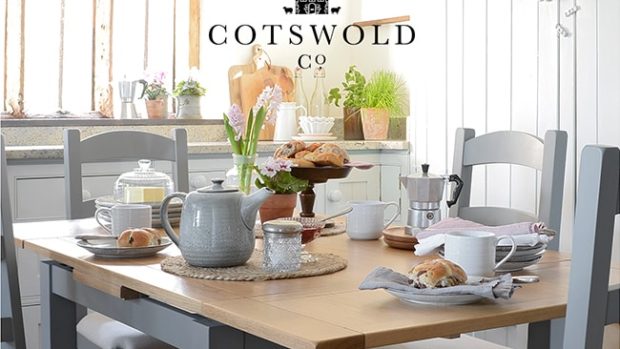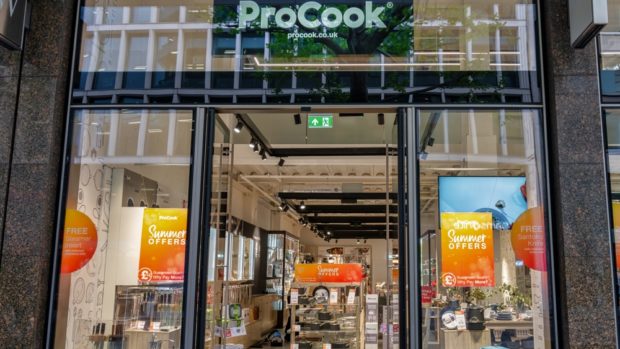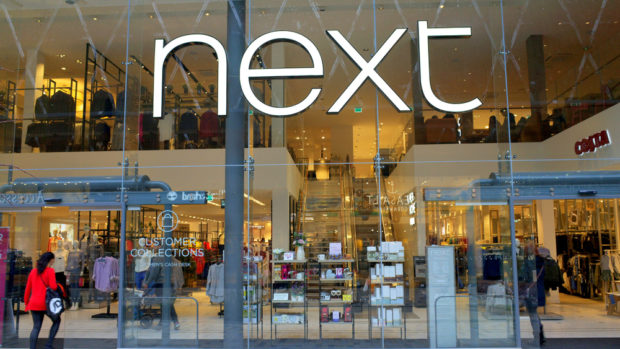While breadth of choice has been crucial to the growth of eCommerce, many retailers have now reached a point where they are product dumping on their online platforms, leading to consumers becoming overwhelmed by excessive choice. If organisations want to carry customer interest all the way from the initial research phase through to the closure of a sale, they need to be smarter in how they offer this variety. This is according to retail technology expert Conversity.
The modern consumer lives in a world where an array of choice is the norm rather than the exception, with the success of services such as Netflix acting as a barometer of customer expectation in this regard. However, overloading consumers with options – rather than focusing on a niche range that is proven to be popular with customers – will inevitably lead to what Barry Schwartz described in his 2004 book as a ‘paradox of choice’.
Laura Arthurton, CEO at Conversity, said: “The ‘paradox of choice’ concept might be 15 years old now, but with the advent of eCommerce and the explosion of mobile, it’s more relevant now than ever before. Having access to a vast array of products has been key to the success of retail titans like Amazon, but it’s by no means the only reason why they’ve done so well in recent years. In fact, putting too many options in front of consumers – especially if these are accompanied by multiple calls to action and other marketing messages – is likely to actually lead to confusion and will put would-be customers off making a purchase.”
According to Arthurton, a wide range of products is useful in drawing the attention of consumers at the early stages of research and exploration, but not when it comes to actually closing a sale.
She added: “Companies like Amazon are leading the way because they’ve gone to great lengths not just to provide a huge choice of product options, but also because they’ve implemented features designed to bring that added level of guidance and personalisation that helps customers make up their minds. Think recommendations for similar products, relevant cross-sell opportunities appearing on-screen or suggestions for repeat purchases – all of these have made a difference in driving purchases and customer loyalty.”
In order to guard against choice overload, Arthurton believes that technology such as intelligent guided selling can help customers to cut through the confusion that being inundated with products can cause. At the same time, she also believes it is vital that retailers establish what their core products are, and focus on these as part of their personalisation efforts.
She said: “Guided selling technology can go a long way towards eliminating the paradox of choice, by narrowing down choices and providing needs-based recommendations to customers in real time. That said, the potential of this tech can only be maximised if retailers use it wisely. This means gaining a strong grasp of your niche range – the products that are popular with customers and make you unique as a retailer – and then building your customer experience around this.”
Arthurton concluded: “Choice will pique the interest of customers, but being able to narrow these choices down in a way that guides consumers towards making a purchase is critical for any retailer looking to make waves in eCommerce.”








Share